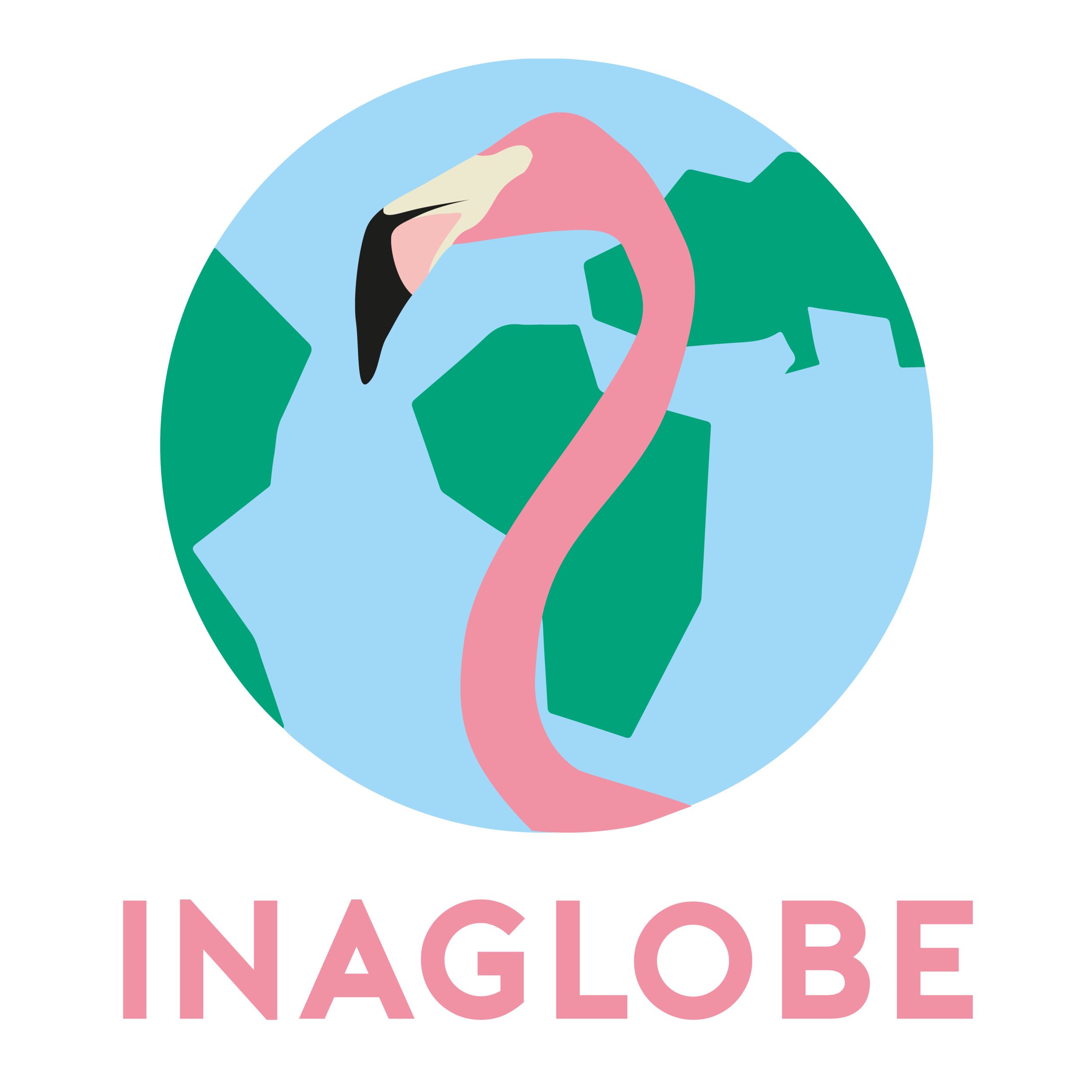inaglobe fellowship launch: a search for product-market fit to foster social innovation at university
Jaime Aguilera Garcia is a cofounder of inaglobe, he started inaglobe as a student of Biomedical Engineering with the intent of enabling thousands of young innovators to work together with communities on the ground to foster a new paradigm for innovation.
Over this past year, inaglobe has been working to establish a product-market fit, after having achieved product-solution fit and building a track record of enabling social innovation. This is a silent piece of coordinated work between the different arms of inaglobe, including product, strategy, marketing, sales, operations and other departments. We have painstakingly iterated between different business models and different commercial offerings to various potential paying customers. I think that in the last 6 years of work this is probably the part that is most unnatural to me, and for that (and many other reasons) I am extremely grateful for the team that works day in and day out on inaglobe.
We are happy to announce that inaglobe will be launching its model as a fellowship. The students that inaglobe supports are the fellows, and they will receive the action-based learning programme inaglobe has offered for the past 6 years. We believe that the narrative encompasses the depth and the wealth that inaglobe brings to students and educational systems, with a big part of the programme aligning with the official curriculum. It also tunes into an existing sponsorship model that is both global and established.
the inaglobe narrative dilemma
Since 2017, inaglobe has been operationally a project-centred educational experience, where students had the opportunity to pick up social impact innovation projects during their degrees. Yet this isn’t the whole story behind the inaglobe ecosystem.
We know that the inaglobe experience provides value: It enables and empowers students to become social innovators and entrepreneurs; it provides a structural improvement to both the academic education and students’ professional aspirations. Students that go through the inaglobe innovation model have developed strong project management and rapid prototyping skills, human-centred design principles, effective stakeholder communication and a social awareness that gives deep purpose to their effort.
We know that the educators we work with, whether they are supervisors, professors or laboratory technicians, recognize the value [of inaglobe]. Academics are looking to provide their students with the inaglobe experience. As supervisors, they accompany students throughout the academic year that they work on the projects, and sometimes act as advisors in the subsequent spinouts.
Institutions have been opening their doors for us to operate openly in what are usually heavily guarded education environments: we have provided experiences to students across 4 different universities in the UK and US, across over 10 different technical departments. There is a clear pull from the educational space for STEM students to have more exposure to social innovation projects. Yet, boiling down the work that inaglobe does to: simply the provision of projects is reductive of how social innovation is fostered at inaglobe. We are obsessed with the student experience, and thus we have bult the support system and infrastructure, with the vision of providing the most enriching student experience possible. It is time to change that. By moving away from the project as the main vehicle, we can keep students and their experience as inaglobe's main focus.
now, the inaglobe fellowship
Fellowships can be found within, across and external to institutions. It is a highly adaptive packaging for an effort dedicated to furthering education or knowledge; an adherence to a certain purpose. With this realisation, we found the storyline for the inaglobe model to be far more understandable, and far less fragmented, if explained as a fellowship. It provides stakeholders, sponsors, partners a very clear packaging for what they would be supporting; it gives students a clear sense of identity and achievement; and extremely importantly, it gives us at inaglobe a structure to build and protect the student experience.
In the last 6 years we have built and tested things based on what we noticed the students and the projects needed and wanted; and that is still very much the case today. Having the fellowship framework allows us to better prioritise and introduce an elevated degree of coherence. From a product strategy perspective, it is an inflection point - and not only that: From operational, sales and marketing perspectives, it is also an inflection point. At inaglobe, we are excited to continue building.
We are currently redesigning the fellowship experience with the student at the centre. The inaglobe model is inherently a pedagogical model. We want to provide students the possibility to become more than they could have if they hadn’t enrolled. We want to be very clear about what that delta means, what the values are, what the experiences are. The different touchpoints, support and activities within the fellowship experience individually provide value, but combined in an effectively designed flow and system, the potential is exponentially greater. At inaglobe we are obsessed with making every fellow’s horizon their guiding light as innovators, as professionals and as citizens.
In the coming weeks, we will be announcing more details about the inaglobe fellowship. We want to invite all players that might be interested in supporting the launch to reach out to me at jaime@inaglobe.org.
